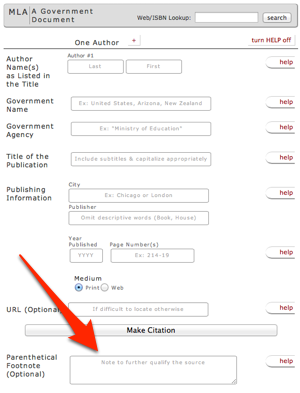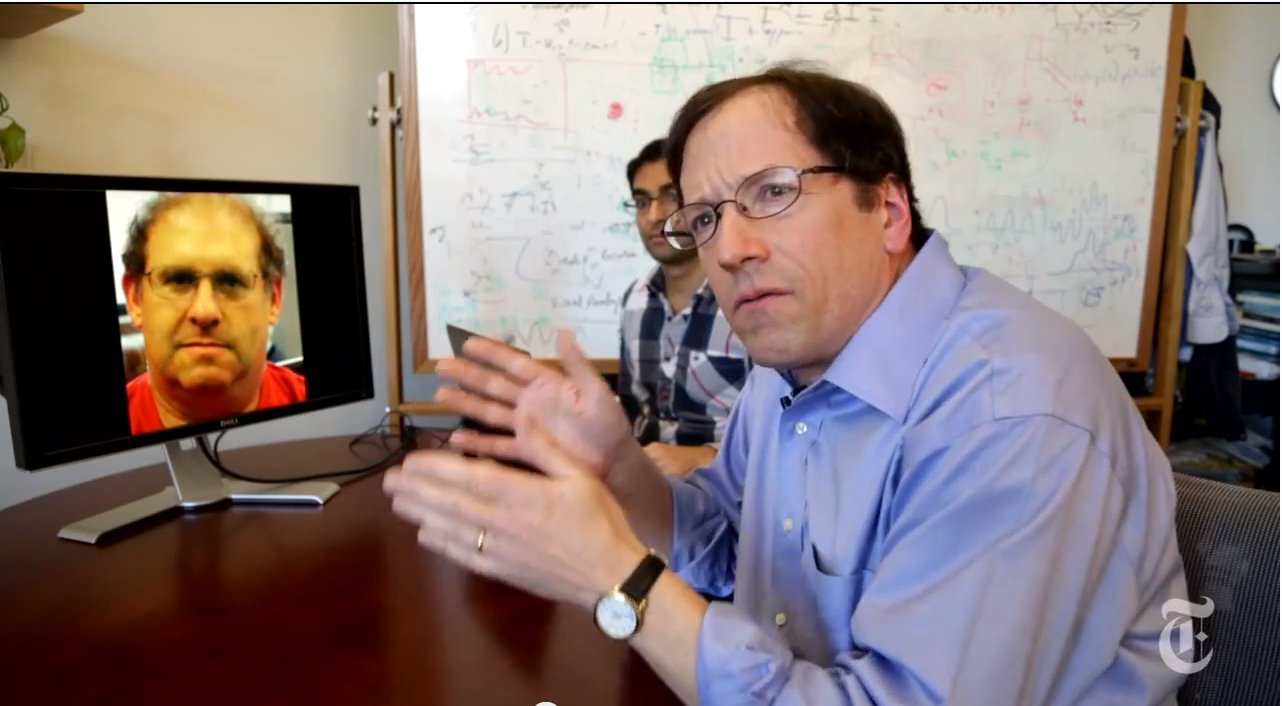| Note: Regular readers may have noticed some new authors for 2¢ Worth as well as some off-topic posts. It's all in an effort to simplify my work, combining my Citation Machine and new book blogs (Cultivating Your Personal Learning Network), as well as my son's video blog and daughter's infographics blog together with 2¢ Worth. The varied elements of this blog do have distinct URLs, as evidenced in the links. You can load only my shakabuku articles here.
|
A few weeks ago I worked and attended North Carolina's ISTE affiliate conference. I opened the NCTIES conference with a breakfast keynote address and Marc Prensky closed it with a luncheon keynote the next day. Sadly, I missed the second day of the conference.
I would first offer some constructive criticism to NCTIES, and to all such ed-tech conferences across the nation and around the world. You do a fabulous job of offering dynamic learning experiences for teachers who are new to teaching or new to utilizing contemporary information and communication technologies in their classrooms. What I find missing are opportunities for those of us who have been around the 10, 20 or 30 years. I attended a number of excellent and very well received and appreciated presentations, that did very little for me. I'm not complaining, except that these conferences need to continue to attract the more experienced ed-tech'ers, and not just to present sessions.
The only idea I can think of is to have one or two session rooms devoted to unconference topics. Perhaps a different topic each session block or two-session block and before the conference try to seek out people to moderate those conversations. It would be important to have good moderators, not topic experts. Experienced educators can learn from shared experiences and those less seasoned can learn by attending as well. Just a thought.
Now to the surprises
 It was in the student showcase, a part of most ed-tech conferences that I often miss, using it as an opportunity to visit the exhibitors or dash up to my room for something or other. I am so SO glad that I attended the students' show and tell in Raleigh. My main surprise was a table with three youngsters seated behind, and some pictures of medieval paraphernalia, shields, cottages, etc. I asked for an explanation, and the girl, the middle student, proclaimed herself as Sir Janes (I don't recall her name). She gestured to the fellow on her left and said, “He's King Arnoald,” (again, I don't recall the real name), and to her right, “This is Squire Bob,” (not his real name).
It was in the student showcase, a part of most ed-tech conferences that I often miss, using it as an opportunity to visit the exhibitors or dash up to my room for something or other. I am so SO glad that I attended the students' show and tell in Raleigh. My main surprise was a table with three youngsters seated behind, and some pictures of medieval paraphernalia, shields, cottages, etc. I asked for an explanation, and the girl, the middle student, proclaimed herself as Sir Janes (I don't recall her name). She gestured to the fellow on her left and said, “He's King Arnoald,” (again, I don't recall the real name), and to her right, “This is Squire Bob,” (not his real name).
She then began telling me what they were doing, describing some of the communication skills they were learning as well as social studies and character. It was obvious that they were role-playing in some midevil style adventure game. So, being the nerd that I am, asked about the software they were using.
“No software. Ms Pratt (Amanda Pratt) gives us the story situations and we discuss andnrespond as knights, kings, and people of other positions in our class.” I looked over to the most adult looking person around and Ms Pratt stepped forward. She was the… and I said, “You are the…”
After my hesitation, she continued, “..the game master.” I could feel my brain wrinkling right there on the spot. Teacher as game master. Amanda Pratt is a gamer, a Games, Learning and Society conference attendee and a general follower of the games in education movement. She is also a principal with the Coalition for Gameful Learning. She helps her students learn what they need to learn by weaving an ongoing medieval tale. It took me back to a keynote I'd seen only a few weeks earlier at EduCon, where Dr. William Hite, Philadelphia's Superintend of Schools, said that,
“Today we do not need content specialists in our classrooms as much as we need context specialists.”
In a similar vein was Sanderson High School, here in Raleigh, the high school that my children attended. Behind their table was three young men and a couple more students scurrying around behind them. They appeared to be work at computer keyboards, with extra flat monitors facing out to the wandering educators. I asked what they were doing, and they proceeded to explain, in rapid articulation (often too rapid for me to understand) that they were coding new features into various web sites for the school.
It's relevant to note that until the recent retirement of the schools ROTC officer, Col Penny, they had used remnants of one of my older web projects, PiNet, a web site generator that integrated bookmarks, web forms etc. into school or coassroom web sites. Col. Penny had championed the school's web site and its purpose using PiNet and oust the tool way beyond what I had imagined.
With his retirement, Jennifer Bennett came on board from Southeast Raleigh High School, a technology-oriented magnet school. An English teacher herself, Bennett worked with school librarian, Donna Hitchings to establish a class and a team of students to build and maintain a very impressive interactive school site, as well as web sites for the library and other facets of the school. They are also working on making their sites more social in how they are maintained. ..and did I say, Bennett is an English teacher.
The team, who mostly train themselves and each other, work as consultants to the school, setting up meetings with teachers to assertion needs, and then devise and suggesting technical solutions. In their class, they discuss communication skills, collaboration, as well as design and much more. They're learning valuable skills within the context of a working an enterprise.
Seeing this was energizing to me.
Showcase Descriptions from the Conferemce Program
Our team of sophomores through seniors has planned, designed, and coded several sites for Sanderson High School from the ground up, including a virtual media center for our staff and students. They use problem-solving skills, industry-standard practices, and are constantly honing their skills and mentoring one another. They work in HTML, CSS, javascript, Php, and MySQL.
Jennifer Bennett, Sanderson High School, WCPSS
Donna Hitchings, Snaderson HS, WCPSS
What happens if you turn a class into a game? Students will share their work so far as participants in Earth Quest – a gamified Earth/Environmental science class taught at the high school level. This game, hosted on the class wiki, involves learning teams of students, called colonies, competing against one another to complete quests and earn points rather than completing traditional assignments. Students will share the characters they've developed, quests they've completed, and the challenges and benefits of learning in a gamified environment.
Amanda Pratt, Middle College at GTCC – High Point

![]()

 It was in the student showcase, a part of most ed-tech conferences that I often miss, using it as an opportunity to visit the exhibitors or dash up to my room for something or other. I am so SO glad that I attended the students' show and tell in Raleigh. My main surprise was a table with three youngsters seated behind, and some pictures of medieval paraphernalia, shields, cottages, etc. I asked for an explanation, and the girl, the middle student, proclaimed herself as Sir Janes (I don't recall her name). She gestured to the fellow on her left and said, “He's King Arnoald,” (again, I don't recall the real name), and to her right, “This is Squire Bob,” (not his real name).
It was in the student showcase, a part of most ed-tech conferences that I often miss, using it as an opportunity to visit the exhibitors or dash up to my room for something or other. I am so SO glad that I attended the students' show and tell in Raleigh. My main surprise was a table with three youngsters seated behind, and some pictures of medieval paraphernalia, shields, cottages, etc. I asked for an explanation, and the girl, the middle student, proclaimed herself as Sir Janes (I don't recall her name). She gestured to the fellow on her left and said, “He's King Arnoald,” (again, I don't recall the real name), and to her right, “This is Squire Bob,” (not his real name). Exploration seems to be the first step in everything. Before you can know what something is, know how it can help you, know if it’s dangerous, you have to actually go out and see it for the first time.
Exploration seems to be the first step in everything. Before you can know what something is, know how it can help you, know if it’s dangerous, you have to actually go out and see it for the first time. 


 I tweeted a few minutes into his session that Gary Stager is a very funny man. I forget about his amazing sense of humor and I wish that I could share it here. But his sense of timing, which is a huge part of his delivery, simply couldn't be conveyed in text.
I tweeted a few minutes into his session that Gary Stager is a very funny man. I forget about his amazing sense of humor and I wish that I could share it here. But his sense of timing, which is a huge part of his delivery, simply couldn't be conveyed in text. Watch
Watch 
 Imagine if your simple photoshop skills could advance medical science. It’s possible that these people have done basically that. Using a sort of video filter, they are able to take video footage of any person and exaggerate the tiny movements they are making to give you more of an idea of how their vitals are doing.
Imagine if your simple photoshop skills could advance medical science. It’s possible that these people have done basically that. Using a sort of video filter, they are able to take video footage of any person and exaggerate the tiny movements they are making to give you more of an idea of how their vitals are doing.